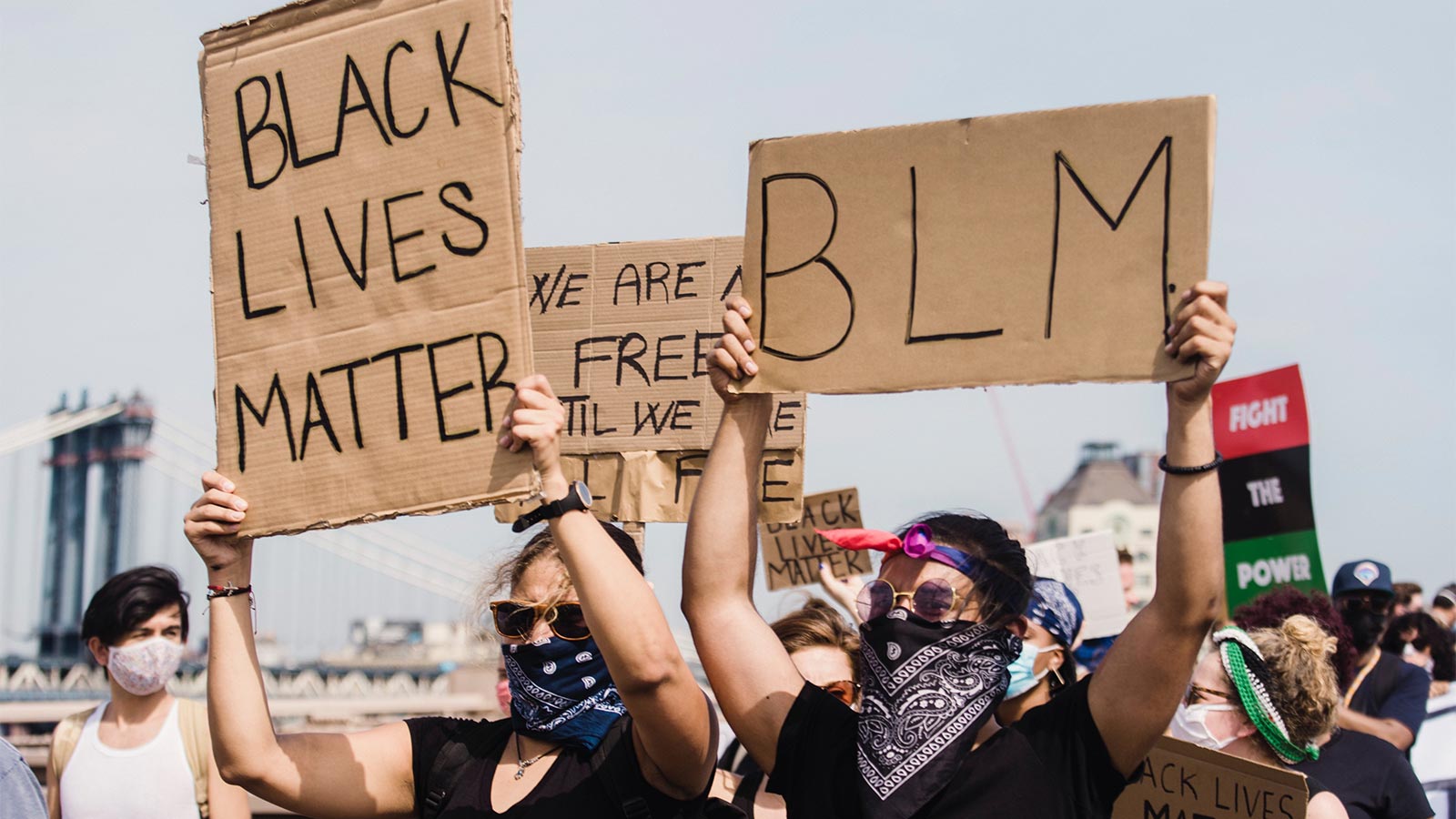Racial injustice — it’s a phrase on everybody’s lips, talked about on social media accounts and protested in the streets. As a concept, it’s both galvanized and divided our country, bringing forward loud voices on both sides and forcing many to rethink previous stances and assumptions.
For many brought up under the assumption that America is the land of the free, claims that racism remains alive and thriving comes as a shock. It’s led many to ask the question, “Is racial injustice real, and if so, how can I combat it?”
Below, we’ll define racial injustice and take a deep look at what it looks like in America today.
Keep reading to learn more!
Defining American Equality
To understand injustice in America, we must first define equality.
In the Declaration of Independence, the Founding Fathers established the notion that all people should be considered created equal to one another. Of course, many of these men were slave owners, and because of their own biases, they failed to extend true equality to all people living within their territories.
Even from the outset, American equality failed.
Still, the idea of equality took hold, and the original phrasing became the metric by which we understand equality today — all people created equal, entitled to the rights of “life, liberty, and the pursuit of happiness.”
What Is Racial Injustice?
What, then, is racial injustice?
Simply put, racial injustice occurs whenever unequal treatment is given to a person due to their race. When applied to the American system, it almost exclusively refers to a white person discriminating against a person of color.
This discrimination often takes many forms and ranges from blatant and loudly proclaimed racial hatred to smaller, more subtle acts, known as microaggressions. Examples of microaggressions include calling a person’s natural hair “unprofessional” in work or school settings or making a race-based joke.
Systemic Racism and the Rise of Black Lives Matter
When many people think of racial injustice today, they picture the deaths of people such as George Floyd, Breonna Taylor, or Philando Castile at the hands of police. Almost of the deaths were followed by acquittals for the police officers.
This prompted the formation of one organization, taking its core argument as its name: Black Lives Matter. Since then, activists have taken to the streets, shouting “Black lives matter!” in protests against the killings.
But how did we get here? Where did racial injustice start, and how has it evolved?
Racism in the United States began when people from the African continent were kidnapped, shipped away from their homelands, and then sold into slavery. Slave owners upheld the notion that black people were sub-human and inferior to white people. This put white people in a position of power over black people, both socially and in homesteads, where slaves often had to work.
Rise of Modern Racism
Advances in civil liberties came slowly. After the liberation of slaves in 1865, many people still kept former slaves indentured to the land. Black men didn’t gain the right to vote until 1869, and black women didn’t get that right until nearly a century later, in 1965.
In the meantime, black people were excluded from many areas of social life. They were forced to live in segregated neighborhoods and attend schools that received poorer funding. White people also passed the idea of white superiority down to their descendants, leading to outrage in schools when they were integrated and “white flight” when black people started moving into certain regions.
Black people were also often passed over for jobs, leading to systemic poverty in many families.
Meanwhile, the media played into negative black stereotypes, portraying black men as criminals or violent people. On a subconscious level, many people ingested this message. Social justice proponents argue that these biases led to the violence against black people we see today.
Fortunately, Black Lives Matter has succeeded in shedding much light on racial injustice. After George Floyd was killed, more than 14 million people donated to a GoFundMe started for his family. Read more about that story here.
Injustice Today
Racial injustice both exists today and arises from a long history of systemic injustice.
It’s comprised of a system that ignores the definition of equality set forth by the Declaration of Independence. In addition, it’s rooted in deep historical context and comes in a variety of forms.
The fight for justice isn’t over, and it’s one we must all take part in.


